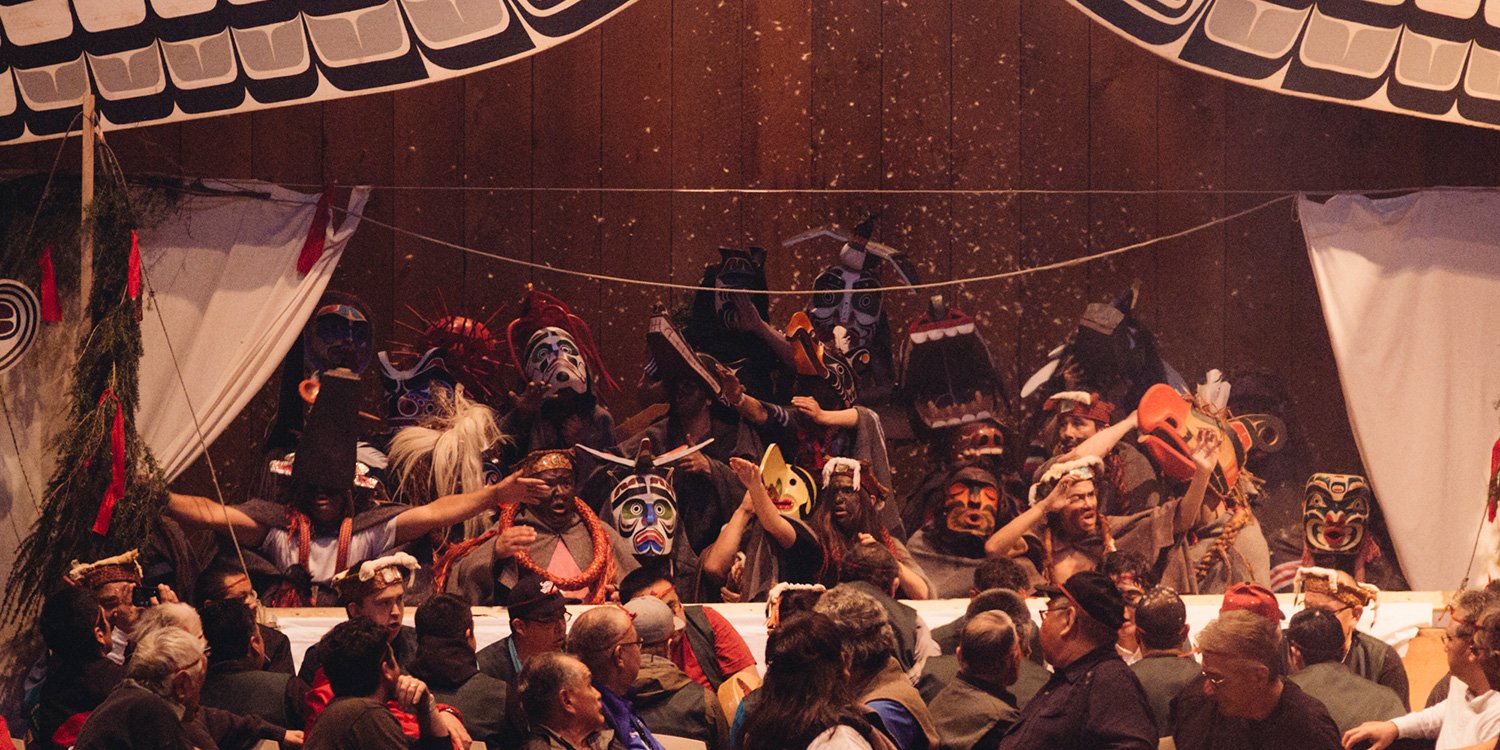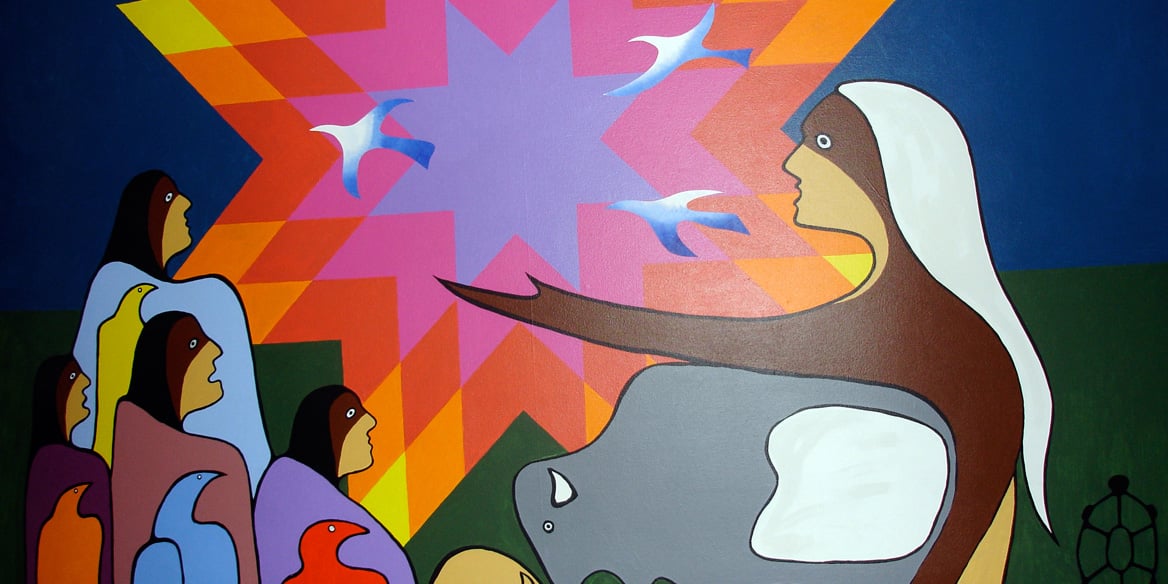National Indigenous History Month - Why It’s Important
June is National Indigenous History Month - a time for all Canadians - Indigenous, non-Indigenous and newcomers - to reflect upon and learn the...

When the British North America (BNA) Act was passed in 1867, Canada became a country but remained a colony of the British Empire. The BNA Act provided the basic governmental structures and laws by which Canada would govern its people. One section in particular - section 91(24) - defined the relationship between the government and Aboriginal Peoples, echoes of which continues to define the relationship to this day.
Section 91(24) provided the Parliament of Canada with the exclusive legislative authority of “Indians, and Lands reserved for the Indians.” The BNA Act marked the end of the nation-to-nation relationship and set the stage for the Indian Act of 1876, which in turn, ushered in the era of colonization and enforced cultural assimilation.
True assimilation could only be attained through the abolishment, by law, of all cultural practices. Hence, under the Indian Act, the Potlatch Law, which included other ceremonies such as the Sun Dance, came into effect in 1880.
Section 3 of An Act Further to Amend The Indian Act, 1880 made the exercise of these practices a criminal offence:
3. Every Indian or other person who engages in or assists in celebrating the Indian festival known as the "Potlatch" or in the Indian dance known as the "Tamanawas" is guilty of a misdemeanor, and shall be liable to imprisonment ... and any Indian or other person who encourages ... an Indian or Indians to get up such a festival or dance, or to celebrate the same, ... is guilty of a like offense..."
Potlatch ceremonies, depending upon the culture, could for example be held to celebrate the passing of names, titles and responsibilities of one chief to the eldest heir, distribute wealth, establish rank; to mark the passing of a chief or the head of a house; to celebrate weddings and births. Recognized as integral to the culture of coastal First Nations, the potlatch was targeted with particular force. The government and missionaries viewed potlatch ceremonies as excessive, wasteful and barriers to assimilation.
Clause three of the 1884 legislation endorsed the views of British Columbia agents and clergymen opposed to the celebration of the “Potlatch” festival. These celebrations, which local officers and missionaries described as “debauchery of the worst kind” were considered by the Deputy Superintendent-General to have “pernicious effects” upon Indians. In a sense, this was a landmark amendment for it represented the first in a long series of attempts by Parliament to protect Indians from themselves as well as from unscrupulous “whites”. [1]
If the potlatch, the cornerstone of the culture of coastal First Nations, could be eradicated, then the government and the missionaries would be free to swoop in and fill the cultural void with Christianity. On paper, this must have looked like a good idea but in reality, all it did was drive the potlatch underground. Resistance to losing the freedom to continue with traditions was severely underestimated.
One very famous example of an underground potlatch took place at Christmas in 1921 in Alert Bay. ‘Namgis Chief Dan Cranmer held a six-day potlatch to celebrate a wedding. The potlatch was held on Village Island in an effort to keep the activities out from under the nose of the Indian Agents and missionaries. Unfortunately, the celebration was detected, and under the Potlatch Law, 45 people were arrested and charged; 22 were jailed. Their crimes? Giving speeches, dancing, and gift-giving. An additional injustice was the loss of hundreds of priceless ceremonial items such as masks and regalia which were confiscated, and over time, dispersed throughout the world through collectors and museums.
Potlatches continued to be held underground by a few determined communities and the government eventually realized they were fighting a losing battle. Also, post World War II, the Canadian public became aware of basic human rights and the appalling treatment of Aboriginal Peoples. In 1951, when the Indian Act was amended the Potlatch Law was deleted. The first legal potlatch was hosted by Chief Mungo Martin in Victoria in 1952.
In the 71 years of the Potlatch Law, almost an entire generation grew up deprived of the cultural fabric of their ancestors and countless thousands of irreplaceable ceremonial masks, robes, blankets and other potlatch items were lost forever to their People.
This provision of the Indian Act was in place for close to 75 years and what that did was it prevented the passing down of our oral history. It prevented the passing down of our values. It meant an interruption of the respected forms of government that we used to have, and we did have forms of government be they oral, and not in writing before any of the Europeans came to this country. We had a system that worked for us. We respected each other. We had ways of dealing with disputes. [2]
If you are honoured with an invitation to witness a potlatch, read this article for some insight into protocol.
If you found this article on the potlatch ban as part of the assimilation policy informative, we thought you might also find this article on Indian residential schools interesting.
For those looking to learn more about Indigenous culture, history and the Indian Act, our Working Effectively with Indigenous Peoples® training is a great place to start your learning journey.
[1] Historical Development of the Indian Act, Treaties and Historical Research Centre, P.R.E. Group, Indian and Northern Affairs, 1978
[2] Judge Alfred Scow, Royal Commission of Aboriginal Peoples (RCAP), Transcriptions of Public Hearings and Round Table Discussions, 1992-1993
Featured photo: Joseph family potlatch. Photo: Domvile

June is National Indigenous History Month - a time for all Canadians - Indigenous, non-Indigenous and newcomers - to reflect upon and learn the...

Canada has a complicated history with the totem pole. Totems have been misunderstood, coveted, stolen, quashed, copied, and celebrated. The first...

Oral traditions retain the history of Indigenous Peoples by passing cultural information from one generation to the next. For Indigenous communities...